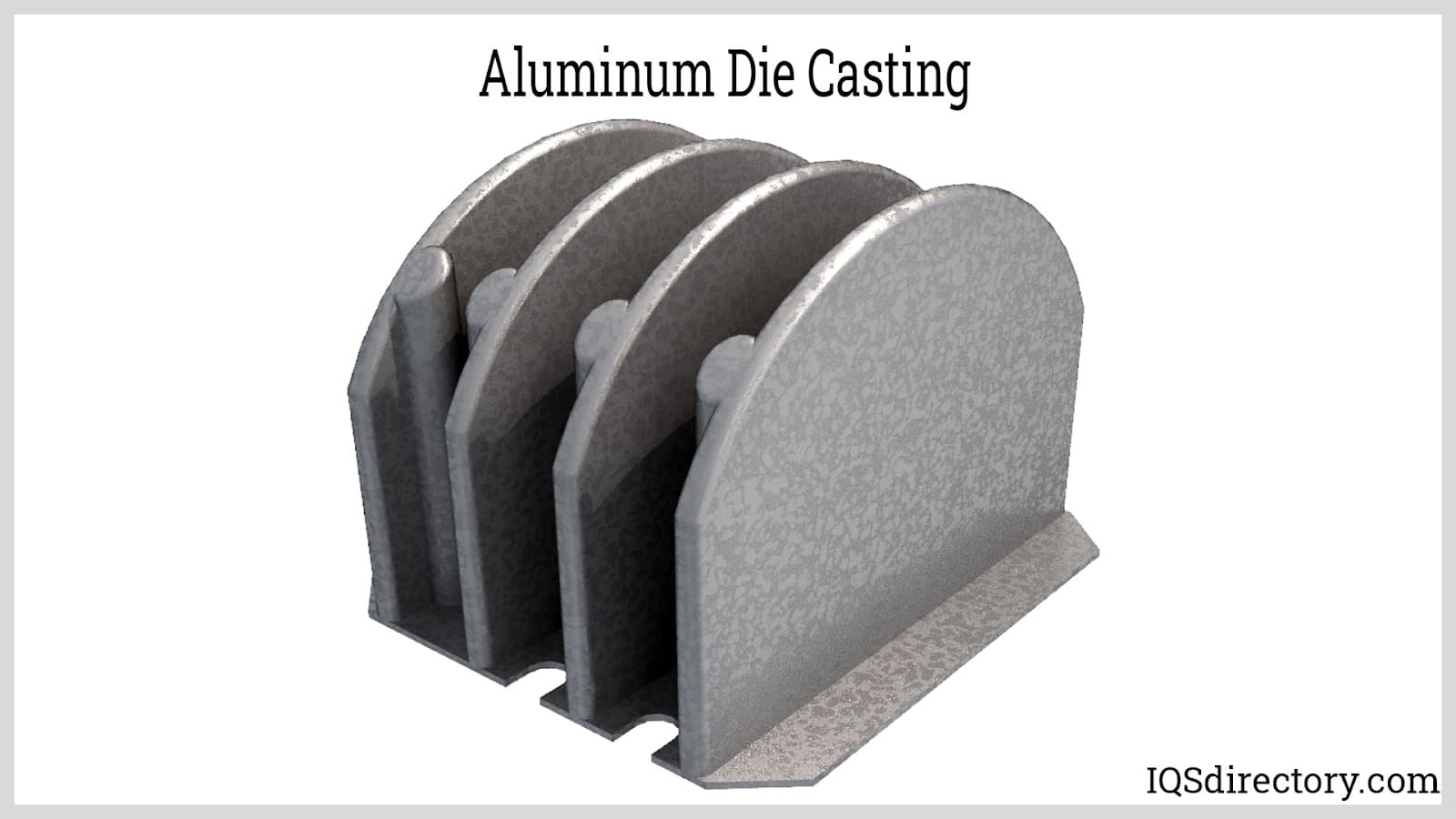The Definitive Guide for Stahl Specialty Company
The Definitive Guide for Stahl Specialty Company
Blog Article
All About Stahl Specialty Company
Table of ContentsFascination About Stahl Specialty CompanyHow Stahl Specialty Company can Save You Time, Stress, and Money.Everything about Stahl Specialty CompanyStahl Specialty Company Fundamentals ExplainedThe Definitive Guide for Stahl Specialty Company
There are numerous small differences in between wrought and cast light weight aluminum alloys, such as that cast alloys can have much more substantial amounts of various other metals than wrought alloys. Yet the most significant difference between these alloys is the manufacture process with which they will certainly go to supply the final product. Apart from some surface therapies, cast alloys will exit their mold and mildew in nearly the exact solid type wanted, whereas wrought alloys will go through a number of alterations while in their solid state.If you assume that a wrought alloy may be the most effective for your task, have a look at several of our short articles that describe even more regarding certain functioned alloys, such as Alloy 6061 and Alloy 6063. On the various other hand, if you believe an actors alloy would certainly be much better for you, you can find out more concerning some actors alloys in our Alloy 380 and Alloy 383 write-ups (coming soon).

Having the experience and industry understanding to engineer your castings for ideal production and top quality results will certainly improve the task. Producing light weight aluminum castings calls for a complicated collection of processes to attain the right outcomes. When selecting a brand-new aluminum factory to companion with, ensure they have substantial sector experience and are experienced concerning all elements of the light weight aluminum spreading process: style, manufacturing, material analysis, and item testing.
Stahl Specialty Company Things To Know Before You Buy
The factory must additionally have a proven track record of delivering outstanding items that fulfill or go beyond consumer assumptions. Quality assurance should also go to the top of your list when choosing a light weight aluminum foundry. By collaborating with a certified shop who follows the standards for quality control, you can safeguard the integrity of your product and guarantee it fulfills your specs.
By choosing a business who offers solutions that satisfy or exceed your item demands, you can be sure that your project will certainly be completed with the utmost precision and performance. Different components need various manufacturing techniques to cast light weight aluminum, such as sand casting or die spreading.

Die spreading is the name provided to the process of producing intricate steel parts through usage of mold and mildews of the part, likewise referred to as passes away. The process makes use of non-ferrous metals which do not contain iron, such as light weight aluminum, zinc and magnesium, due to the desirable residential or commercial properties of the steels such as low weight, greater conductivity, non-magnetic conductivity and resistance to rust.
See This Report about Stahl Specialty Company
Pass away casting manufacturing is fast, making high production degrees of parts easy. It creates even more elements than any type of various other procedure, with a high degree of accuracy and repeatability. To read more about die casting and pass away casting materials utilized in the procedure, kept reading. There are 3 sub-processes that fall under the category of die casting: gravity pass away casting (or permanent mold casting), low-pressure die casting and high-pressure die spreading.
After the pureness of the alloy is tested, dies are created. To prepare the passes away for spreading, it is crucial that the dies are clean, so that no residue from previous productions remain.
The pure steel, additionally called ingot, is their website added to the furnace and maintained at the molten temperature level of the metal, which is then moved to the shot chamber and injected right into the die. The stress is then maintained as the steel solidifies - Aluminum Castings. When the metal strengthens, the cooling process starts
The thicker the wall surface of the part, the longer the cooling time due to the fact that of the quantity of indoor metal that additionally needs to cool down. After the part is fully cooled, the die cuts in half open and an ejection device presses the element out. Following the ejection, the die is shut for the following injection cycle.
All About Stahl Specialty Company

Today, leading producers use x-ray screening to see the entire interior of parts without cutting into them. To obtain to the completed product, there are 3 main alloys used as die spreading material to pick from: zinc, aluminum and magnesium.
Zinc is one of the most previously owned alloys for die casting due to its reduced cost of raw products. Its rust resistance additionally allows the parts to be lengthy long-term, and it is one of the more castable alloys due to its lower melting factor - Aluminum Casting.
Stahl Specialty Company Fundamentals Explained
As pointed out, this alloy is one of the most typically made use of, yet produces will, sometimes, select aluminum over zinc because of aluminum's manufacturing advantages. Aluminum is very affordable and one of the more functional alloys. Light weight aluminum is utilized for a number of different items and markets anything from home window frameworks to aerospace materials.
Report this page